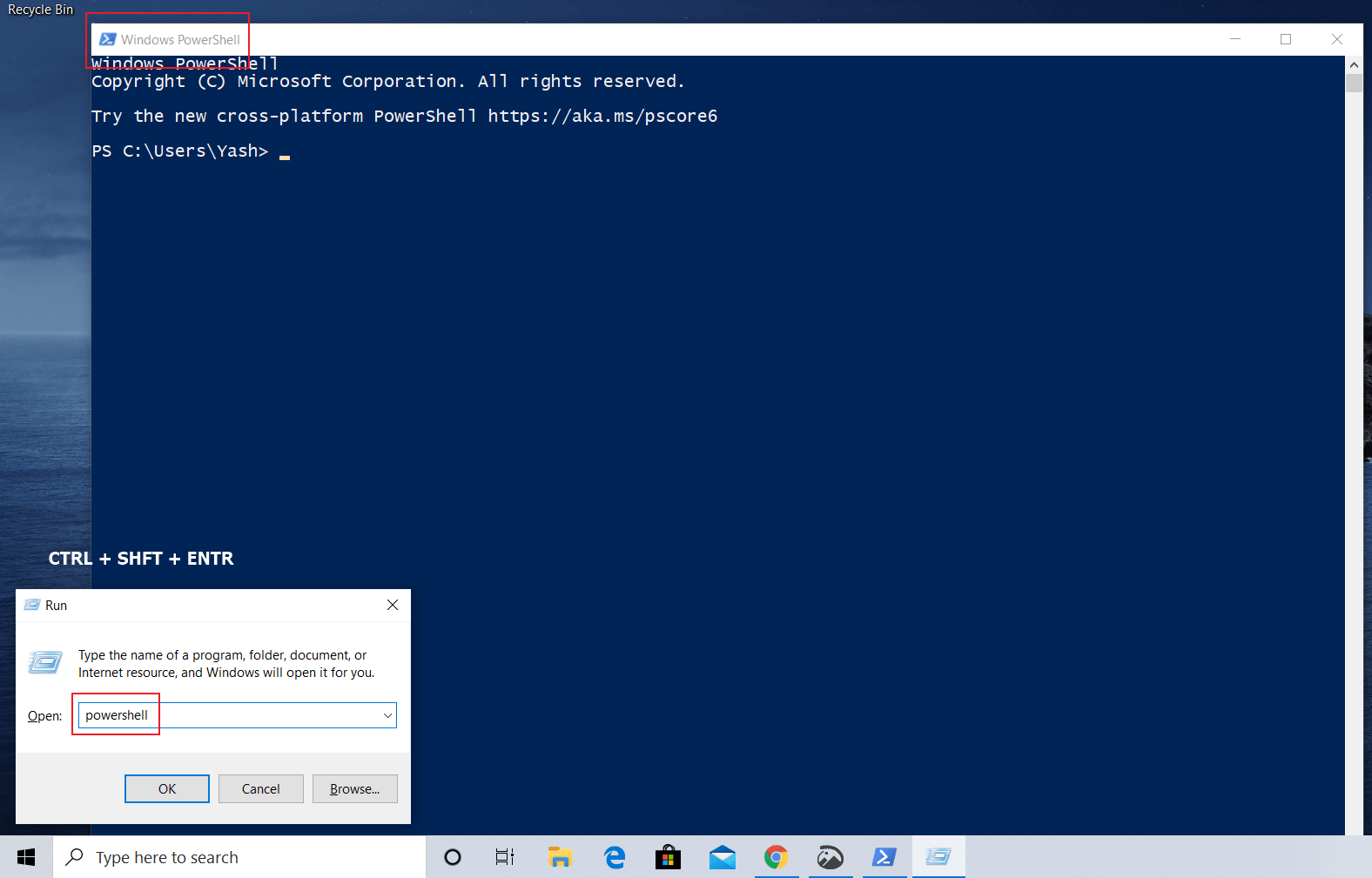

Other Microsoft applications including Microsoft SQL Server 2008 also expose their management interface via PowerShell cmdlets. This capability has been used by Microsoft Exchange Server 2007 to expose its management functionality as PowerShell cmdlets and providers and implement the graphical management tools as PowerShell hosts which invoke the necessary cmdlets. These applications can then use PowerShell functionality to implement certain operations, including those exposed via the graphical interface. PowerShell also provides a hosting API with which the PowerShell runtime can be embedded inside other applications. NET Remoting, WS-Management, CIM, and SSH enables administrators to perform administrative tasks on both local and remote Windows systems. Cmdlets may be used by scripts, which may in turn be packaged into modules.

Third-party developers can add cmdlets and providers to PowerShell. These work by accessing data in different data stores, like the file system or Windows Registry, which are made available to PowerShell via providers. NET classes implementing a particular operation. In PowerShell, administrative tasks are generally performed via cmdlets (pronounced command-lets), which are specialized.
#HOW TO OPEN WINDOWS POWERSHELL WINDOWS 10#
Since Windows 10 build 14971, PowerShell replaced Command Prompt and became the default command shell for File Explorer. Initially a Windows component only, known as Windows PowerShell, it was made open-source and cross-platform on August 18, 2016, with the introduction of PowerShell Core. PowerShell is a task automation and configuration management program from Microsoft, consisting of a command-line shell and the associated scripting language.

Python, Ksh, Perl, C#, CL, DCL, SQL, Tcl, Tk, Chef, Puppet

Open the directory or folder where you want to open PowerShellĪlternatively, you can even click on ‘ Open Windows PowerShell ’ simply to open the same without any administrator privileges, at all, for most tasks. Then click on ‘ Open Windows PowerShell as administrator ’. However, if you want to open PowerShell with administrator privileges, you can do that in a little different way.Īfter you open the directory or folder where you want to open PowerShell, click on ‘File’, and navigate to ‘ Open Windows PowerShell ’. You can open PowerShell exactly the way you open Command Prompt in a certain location. If you want to open Windows PowerShell without any administrator privileges, just type in ‘powershell’ in the URL bar on Windows Explorer, where the path is displayed, and hit the enter key.
#HOW TO OPEN WINDOWS POWERSHELL HOW TO#
How to open Windows PowerShell in a specific location with or without administrator privileges So, without any further delay, let’s get started with, how you can open Windows PowerShell within a chosen location on Windows PowerShell. But, if you want to do the same with Windows PowerShell, you can do that, as well, and I will discuss how you can do that, here. For example, if you are in ‘ D:\Documents\ ’ in Windows Explorer, you can type in ‘cmd’ and hit the enter key in the location, and ‘Command Prompt’ will open up within the same location for you to work on. If you frequently use Command Prompt, you probably already know, you can type in ‘cmd’ in the address bar of Windows Explorer, and Command Prompt will open up with the location as the current directory. If you want to deal with files on a mapped drive from the Command-line interface, Command Prompt won’t allow you to do so, and Windows PowerShell is the only option to go for. Windows PowerShell can be dealt with, using the same commands, but it has more to offer. Even though the Command Prompt on Windows is very powerful, it lacks some major features, and that’s when Windows PowerShell comes to play. When it comes to Windows, almost all the tasks can be carried out on in the Control Panel by going through the appropriate steps, it can be boiled down to just a single command while working on the Command-line interface, which is the ‘Command Prompt’ on Windows. We hardly like dealing with the Command-line interface or CLI on Windows, but it becomes inevitable at times.


 0 kommentar(er)
0 kommentar(er)
